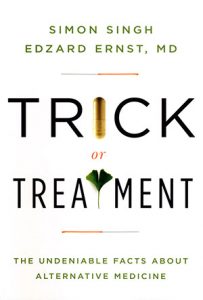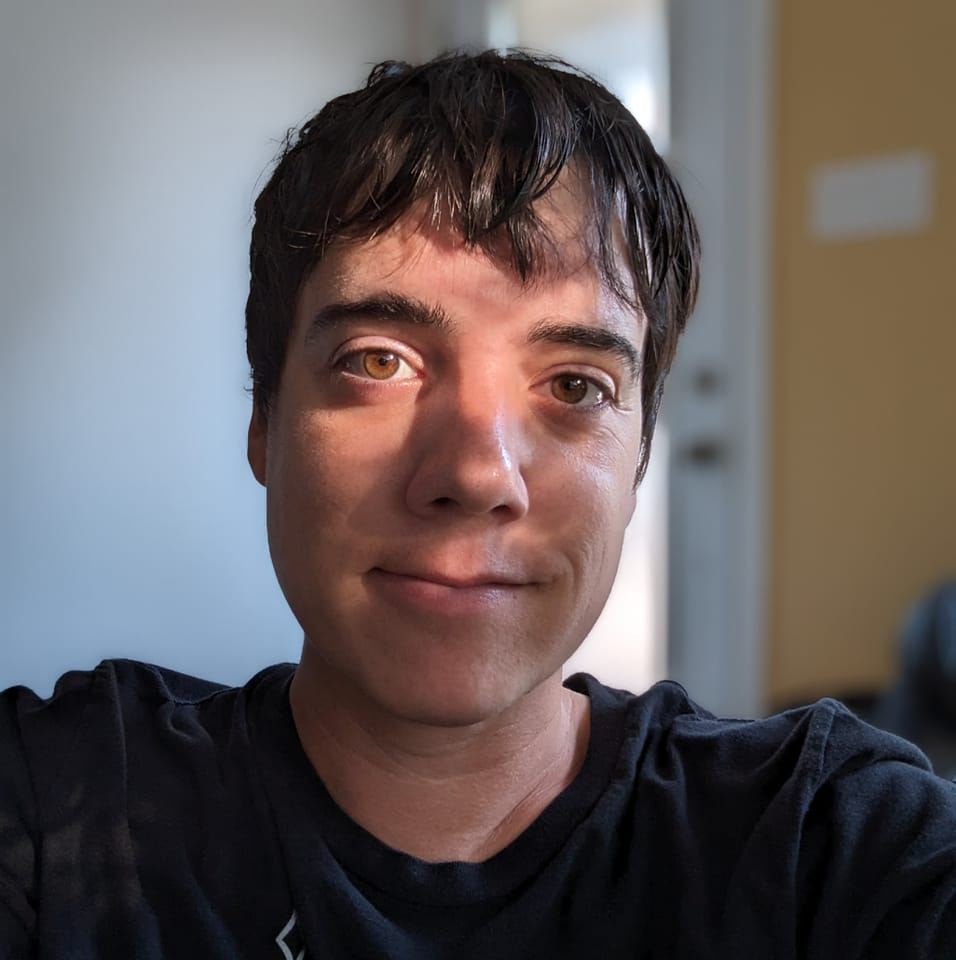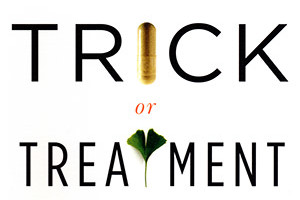You might be wondering why I’m churning out book reviews with such great frequency. It’s because I’m fully aware that my return to school will kill my love of reading, so I’m trying to get as much of it done now.
 Trick or Treatment is a book by renowned science journalist Simon Singh and Edzard Ernst, professor of complementary medicine at the University of Exeter. The pair joined forces to release a book that evaluates popular alternative medicine approaches on the basis of whether they work.
Trick or Treatment is a book by renowned science journalist Simon Singh and Edzard Ernst, professor of complementary medicine at the University of Exeter. The pair joined forces to release a book that evaluates popular alternative medicine approaches on the basis of whether they work.
Under the microscope are acupuncture, homeopathy, chiropractic, and herbal medicine. The authors also look into, but devote fewer pages to, such treatments as osteopathy and crystal healing.
The book sparked a lawsuit against Singh by the British Chiropractic Association (BCA), which was widely perceived as an attempt to silence criticisms of their work. Singh had taken issue with the fact that the Association “claims that their members can help treat children with colic, sleeping and feeding problems, frequent ear infections, asthma and prolonged crying, even though there is not a jot of evidence.” The BCA withdrew their action after Singh won an appeal, but not before costing the author thousands in legal fees.
The book itself is a mixed bag. I feel like a third of its 300+ pages could have been tossed without losing content. The history, studies, and criticisms of the treatments are good. I found it informative, for instance, to learn that homeopathic remedies dilute the ingredients claimed responsible for the healing to the point where the most potent cures have a 1 in a billion billion chances of even having a single molecule of it. I also enjoyed finding out about how the placebo effect was discovered and how it is accounted for in medical trials.
The authors show that not all alternative medicines are bogus. Some herbal medicines do have legitimate uses, and it is from such medicines that Aspirin and modern anti-malarial treatments were initially derived. St John’s wort does have demonstrable impact in treating depression. However, the authors note it’s really about cost-benefit. Modern drugs will condense the active ingredients while reducing the side-effects that may accompany these herbal treatments.
Furthermore, the authors also state that if evidence is found in support of such treatments, then it is no longer considered “alternative.” The term is relegated to unfounded claims rejected by evidence.
The book is worth a read. It won’t change the minds of those who view anecdotal evidence of one as superior to anecdotal evidence of hundreds in a controlled environment, despite the best efforts of the authors. But for those of us who adhere to a willingness to test claims in the most objective manner possible to see if they hold water, it’s an informative text.

